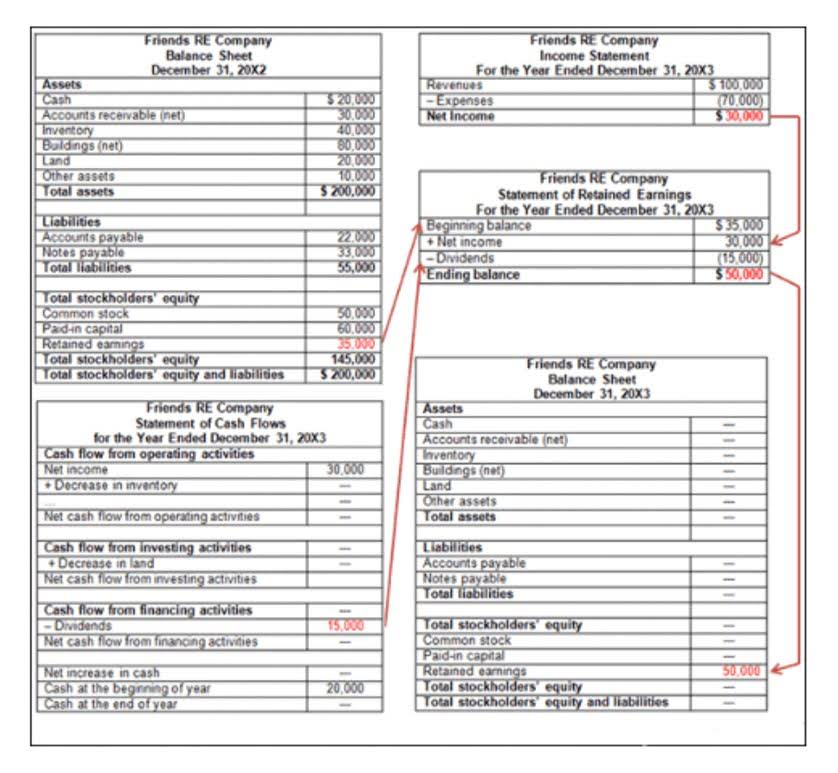
When such data is unavailable, entities may use valuation techniques that incorporate inputs from similar assets or liabilities, adjusted for differences. These techniques often involve complex models and assumptions, requiring a deep understanding of market dynamics and financial instruments. So, assume a farmer takes a short position in 10 soybean futures contracts to hedge against the possibility of falling commodities prices. This account balance will change daily as the mark to market value is recalculated.
- By valuing assets and liabilities at their current market prices, the balance sheet offers a more up-to-date representation of an entity’s financial position.
- It’s actually most beneficial to select mark-to-market accounting on securities that have manifested an unrealized loss because it reduces the overall taxable income of the day trader, which, in turn, could reduce their tax burden.
- Meanwhile, different valuation methods may be necessary to determine the worth of intellectual property or a company’s brand reputation, which are intangible assets.
- Practical examples are provided to illustrate the tax difference between making the Sec. 475 election versus not making the election.
Real World Example of Mark-to-Market Losses
Available for sale securities are the most common example of mark to market accounting. An available-for-sale asset is a financial security that can either be in debt or equity purchased to sell the securities before it reaches maturity. In cases of securities that do not have a maturity, these securities will be sold before a long period for which these securities are generally held.
How MTM Impacts Companies
Realized gains or losses occur when an asset is actually sold, whereas unrealized gains or losses represent the potential profit or loss, even if the asset is not actually sold. In such cases, MTM valuation relies on estimation techniques and assumptions. This subjectivity can create an opportunity for manipulation, as companies might choose valuation methods that inflate or deflate the value of assets to suit their needs.

Example 1: Investment in Equity Shares

In a sense, mark-to-market accounting is not just used for business bookkeeping. It’s used by average taxpayers every day when they attempt to figure out their net worth. This is because the net worth of most individuals mark to market accounting is based on fluctuating assets, such as stocks and even real estate. The core idea of MTM is to ask yourself what the asset or liability would be worth if the company were to sell or dispose of it today.
- In reality, the picture of bank assets may not be as bleak, but the perception of depreciation may lead the institution to sell off their assets in order to increase their cash reserves.
- At the end of each fiscal year, a company must report how much each asset is worth in its financial statements.
- Although a day trader who qualifies as a trader in securities is considered as being in the business of buying and selling securities, the trader is not subject to self-employment tax on gains and losses on his or her sales of securities.
- Normally securities, like stocks, are not factored into a tax filing if the trader has an open position with these securities—that is, they have not sold them by the end of the taxable year.
- Overall, the practice of MTM accounting is a crucial part of the financial markets, and is widely used by investors, company management teams, and traders to make timely and informed decisions.
- FAS 157 only applies when another accounting rule requires or permits a fair value measure for that item.
- The maintenance margin reflects the amount that must be in the margin account at all times to avoid a margin call.
Effect on subprime crisis and Emergency Economic Stabilization Act of 2008
While understanding and implementing mark to market accounting might initially seem complicated, its proven benefits often outweigh potential challenges. The Sarbanes-Oxley Act of 2002 was created in part because of Enron’s fall from grace, along with WorldCom (MCI). The Act promoted a greater degree of financial transparency by instituting a greater degree of regulatory control over companies, their boards of directors, and their accounting practices. As you can see, the MTM method is fulfilling its purpose of telling investors what the asset is actually worth as of the reporting date. In India, the primary body setting accounting standards is the Institute of Chartered Accountants of India (ICAI).

- During normal economic times, the accounting rule is followed routinely without any issues.
- For other types of assets, such as loan receivables and debt securities, it depends on whether the assets are held for trading (active buying and selling) or for investment.
- This includes quoted prices in active markets for identical assets or liabilities, which are considered the most reliable indicators of fair value.
- As an economy is crashing, businesses will have to mark down their assets and investments, leading to a snowball effect and additional bankruptcies.
- Credit risk is accounted for in a bank’s allowance for loan losses, a contra item on the balance sheet.
- It is because, under the first method, the value of the assets must be maintained at the original purchase cost.
The “held to maturity” category will include only those instruments that the bank has the “positive intent and financial ability” to hold to maturity; these assets will continue to be reported at historical cost. All other securities will fall into the category “available for sale”; these will also be market, but their unrealized gains and losses will not be reflected in the income statement. Rather, they will form a separate component of shareholders’ equity, and thus will affect the measured value of bank capital on the balance sheet.
Can You Mark Assets to Market?
SoFi does not guarantee or endorse the products, information https://www.bookstime.com/ or recommendations provided in any third party website.
- If the market’s perception of a company, industry, or sector turns negative, it could spur a sell-off of assets.
- Given below are the stepwise journals for recording the transactions related to the process of mark to market accounting treatment, better understanding.
- For example, let’s say a company decides to invest its cash in long-term Treasury bonds.
- In trading and investing, certain securities, such as futures and mutual funds, are also marked to market to show the current market value of these investments.
- This can be particularly beneficial for investors and analysts who rely on these statements to assess the company’s health and make investment decisions.
Marking-to-market a derivatives position
